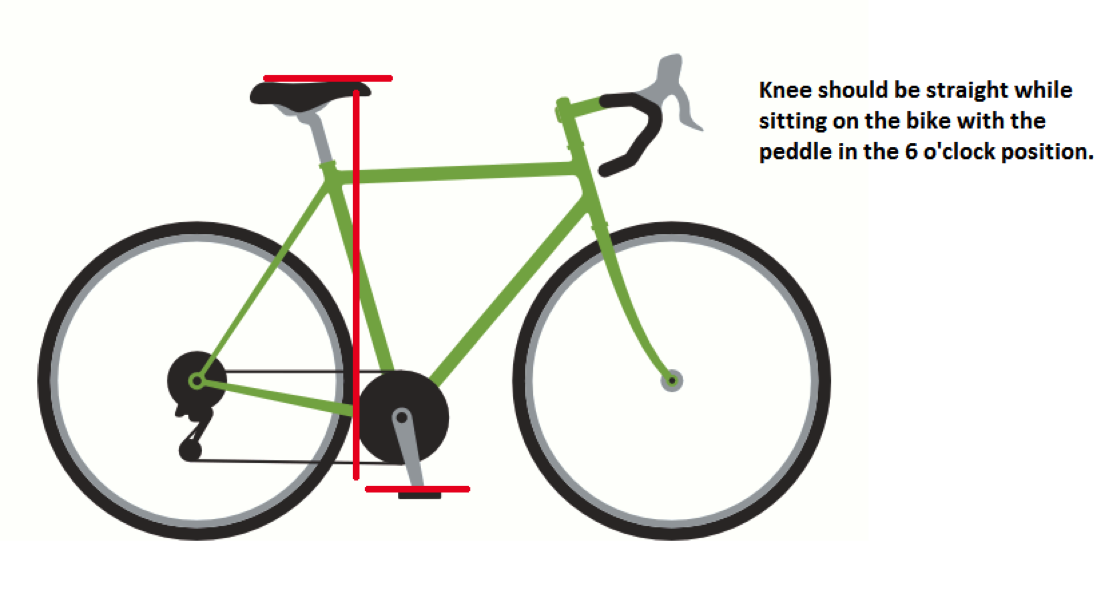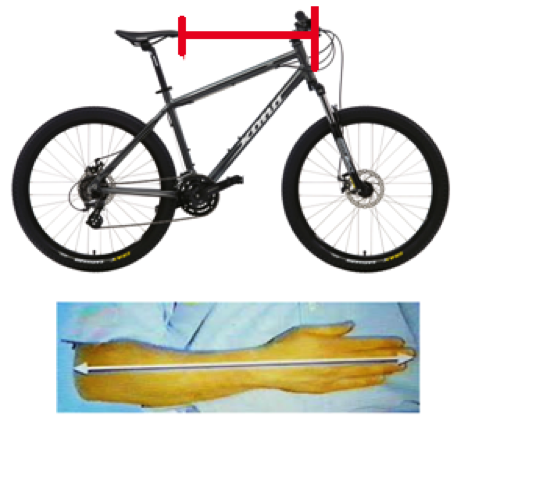Bicycle Fitness and Common Injuries

Today’s post was written by Concordia Physical Therapist Assistant Marcy Reott. At Concordia Outpatient Therapy, we have the expertise and resources to help get patients back to life.
Bike riding can be a fun activity for all ages. People bike for a variety of reasons: relaxation, to get some exercise, for sport, or to just get from point A to point B. Biking throughout western PA and eastern OH has gained a lot of popularity lately, with the bicycle lanes and trails regularly popping up. Here are a couple tips for bike set up, and also some common injuries seen with cycling.
Two things are very important for a correct bike set up. These include adjusting your bike seat both vertically and horizontal. The bike seat should first be set in a level position – not tipping forward or backward. The angle of the seat could cause increased pressure through your arms and hands if tilted forward, or hips, knees, and ankles if tilted backwards. For seat height adjustment, refer below.
To adjust the horizontal position of the seat: the distance from the forward tip of the seat to the middle of the handle bars should equal the distance from your elbow to middle finger.

Correct positioning will decrease neck, shoulder, hand, and back pain.
There are six common injuries that are seen with bike riding. Safety equipment is always suggested with any activity that may involve an impact of collision. Biking helmets, clothing, and gear are available at many retailers to help provide a safe and comfortable ride.
6 Common Biking Injuries
- Patellofemoral Snydrome (AKA cyclist’s knee)- May feel pain around the knee cap or outer knee. The use of shoe wedges, heel lifts, or cleat positions may decrease this over-use injury.
- Head Injuries- Falling or hitting one’s head can cause a concussion or, in more severe cases, a trumatic brain injury. Use of a helmet can decrease injury.
- Neck and back pain- One may feel pain secondary to increased pressure through arms or tight hamstrings, causing one to round their back and hyperextend one’s neck. Hamstring and neck stretches should help aleviate discomfort.
- Wrist and forearm pain and numbness- Cyclist’s Palsy and Carpal Tunnel Syndrome can occur from holding arms straight. Ride with elbows bent and often change hand positioning to help prevent.
- Foot numbness and tingling- If shoes are too tight or narrow this can cause decreased circulation. Leave laces looser when tying or increase shoe width if needed.
- Urogenital pain or numbness- Male riders who spend increased time riding can experience numbess or pain in genitial or rectal area. A wider padded seat with part of the seat removed, use of padded shorts, or tilting the seat can help.
If you experience any injury from cycling that does not resolve or is serious, refer to a physician or emergency room. Consult your family doctor for a script for Physical Therapy if muscle and joint injuries are presistent. You can contact Concordia Outpatient Physical Therapy for information about scheduling. Good luck with your cycling adventures!
Get Updates From Concordia
There is always a LOT happening at Concordia! Would you like to stay up-to-date with our news and events? Sign up for our monthly e-newsletter here.